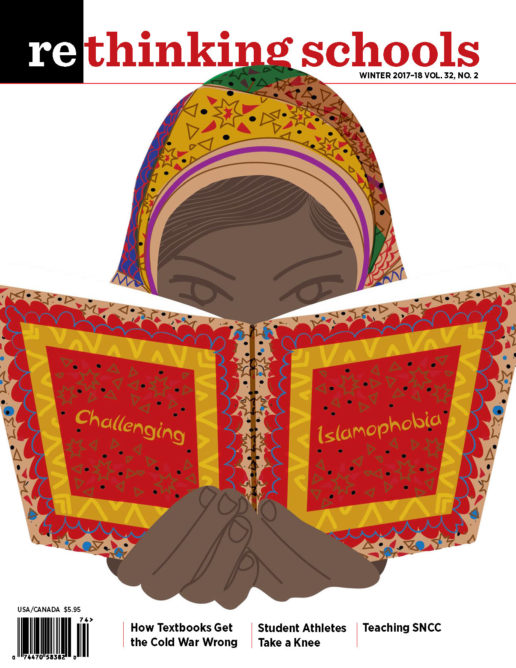Preview of Article:
What About the Students Who Are Not Labeled as “Gifted”?
I have been blessed to teach in the urban school district of Pittsburgh for more than 20 years. Although much has changed in public education — as we have moved into and through the “school reforms” highlighted by No Child Left Behind — among the constants are two mutually exclusive facts of life.
One: Whether we express it this way or not, teachers struggle to live by medical practitioners’ maxim of “First, do no harm” in regard to our students.
Two: So much of what we are required to do pushes us to face the reality that sometimes we do just that.
Among the more consistent harms we inflict is the identification and segregation of students into clusters of so-called “gifted” (or “gifted and talented”) groups — which separates them from all the “others.”

